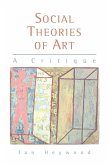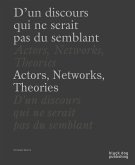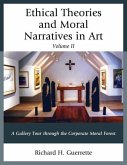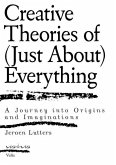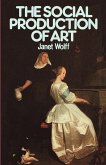The book is an analytical survey of the thought about painting and sculpture as it unfolded from the early eighteenth to the mid-nineteenth centuries. This was the period during which theories of the visual arts, particularly of painting and sculpture, underwent a radical transformation, as a result of which the intellectual foundations of our modern views on the arts were formed. Because this transformation can only be understood when seen in a broad context of cultural, aesthetic and philosophical developments of the period, Moshe Barasch surveys the opinions of the artists, and also treats in some detail the doctrines of philosophers, poets and critics. Barasch thus traces for the reader the entire development of modernism in art and art theory. The aesthetic and intellectual developments of the eighteenth and nineteenth centuries that changed our views of the artistic image emphasized some central problems of critical reflection that became the major themes of any thought on art. The artistic symbol, the comprehensive system of the arts, and the relationship of one art with another are discussed in detail. We see the origins of a new perception of the artist's position, as well as the rise of new values in art, such as the role of the grotesque and the ugly in art. In his discussion of Baudelaire's analysis of Goya's monsters, Barasch concludes that the modern world is reflected in art whose beauty is independent of the beauty of nature. The book includes thirty-one black and white illustrations.


